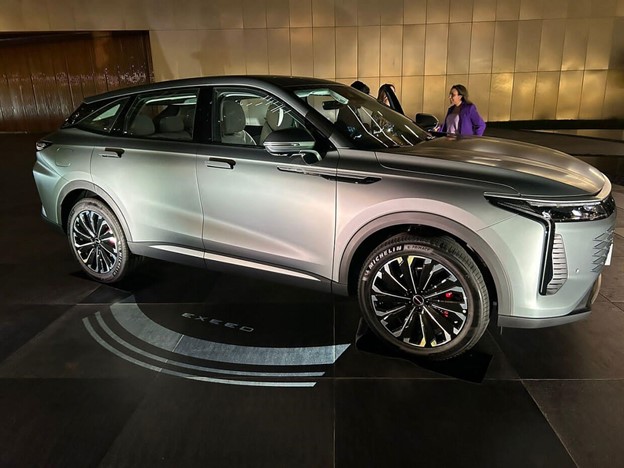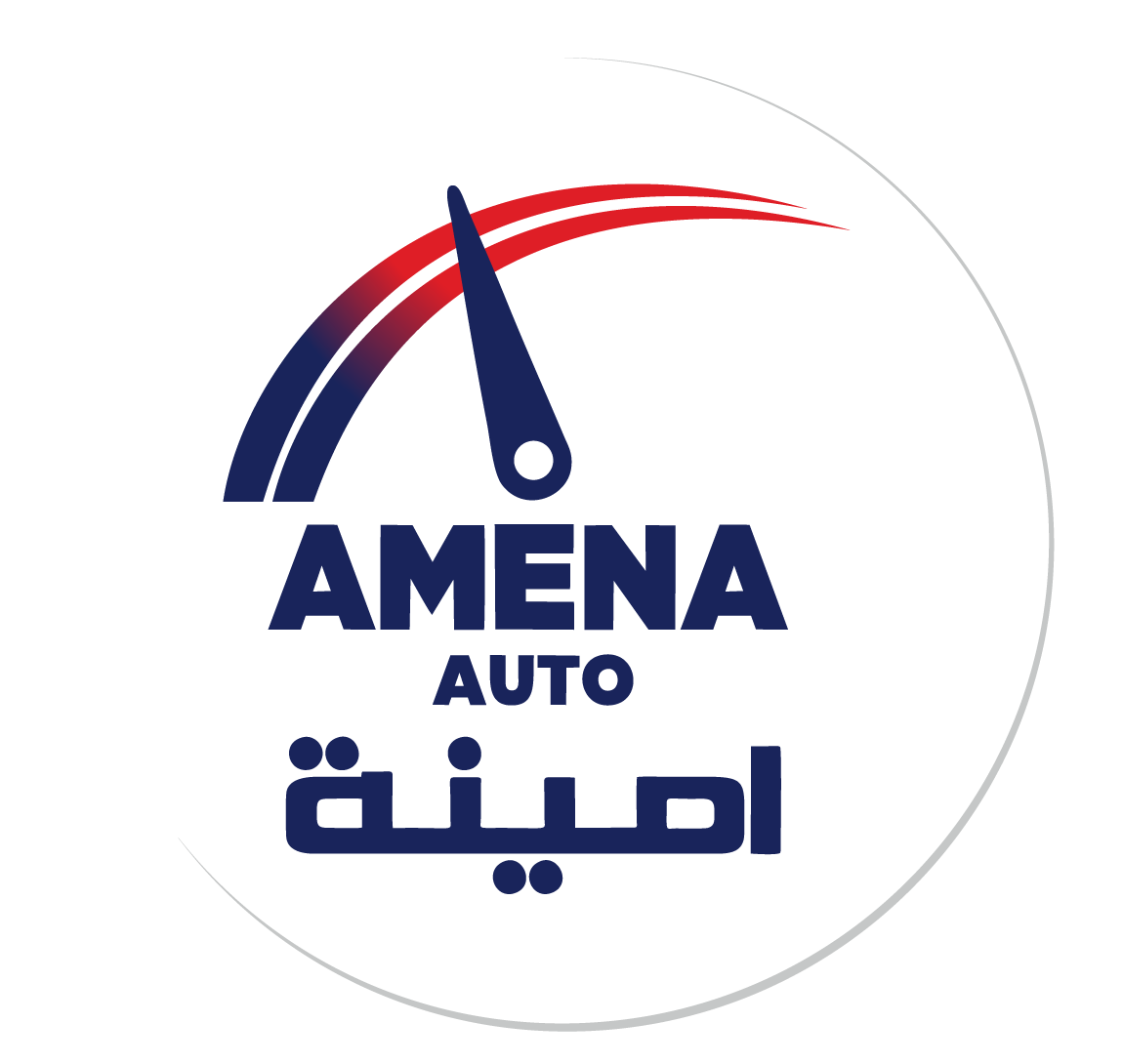Mystery Shopping: The Unseen Driver of Automotive Excellence and Customer Delight

In the dynamic realm of the Automotive industry, the concept of mystery shopping has risen as a pivotal mechanism for fostering customer satisfaction and achieving operational excellence. This strategic instrument transcends mere evaluative functions; it delves into the essence of the consumer experience, from the initial engagement to the provision of after-sales services, ensuring that […]
Pagani Automobili: 25 Years of Artistic Innovation

EXEED launches in the UAE

Esteemed premium vehicle brand, EXEED Motors, made an extraordinary debut in the country’s Automotive sector with the much-anticipated launch of the EXEED RX model. Represented by AG Auto in the UAE under Al Ghurair Investment, EXEED Motors launched the said model at the Armani Ballroom in Burj Khalifa, Dubai on August 30, 2023. This marked a momentous […]
Ferrari Unveils One-Off KC23 Supercar: A Fusion of Innovation and Passion

Ferrari has finally unwrapped the covers for its one-off creation that definitely snatched the attention of supercar enthusiasts, the KC23. Built for a passionate and imaginative customer, this exclusive masterpiece combines the best of Ferrari’s racing heritage with a glimpse into the future of Automotive design. Born from the collaboration between Ferrari’s Centro Stile and […]
Mercedes-Maybach S-Class Haute Voiture sets a whole new level of luxury

Mercedes-Maybach S-Class Haute Voiture flaunts luxury and sophistication Mercedes-Benz has recently unveiled the latest addition to its luxury line-up, the Mercedes-Maybach S-Class Haute Voiture. This exclusive vehicle is a premium version of the flagship S-Class sedan and boasts some of the most advanced technologies, premium materials, and bespoke features. The Mercedes-Maybach S-Class Haute Voiture is […]
Submerge into Velocity: 2023 BMW XM

BMW XM sets foot in Dubai In collaboration with its official importers in the Middle East, BMW Group Middle East announced the BMW XM. For the first time in the region and it was unveiled at an exciting event in Dubai. The XM is an innovative Sports Activity Vehicle (SAV) that was created through the ground-breaking merging […]
Lightyear, SRTIP launch sun-powered Lightyear 0 in UAE

Sun-powered Lightyear 0 Are you ready for the world’s first production-ready solar car? Netherlands-based firm, Lightyear and the Sharjah Research, Technology, and Innovation Park launched the world’s first long-range solar electric vehicle in the UAE, the Lightyear 0. And most of its first production units have been sold out.
Flying ‘hypercar’ Volar eVTOL ready for take-off, completes test flight in Dubai

Test flight completion of Volar eVTOL London-based startup Bellwether Industries completed a series of test flights for its flying ‘hypercar’, Volar eVTOL. In a video shared by Bellwether, the fully-electric Volar eVTOL was seen taking off and landing back safely. Designed for inner-city travel, the half-scale prototype of the flying ‘hypercar’ flew at an altitude […]
Pagani reveals Huayra BC Pacchetto Tempesta powered with 816 HP

Pagani reveals Huayra BC Pacchetto Tempesta powered with 816 HP Pacchetto Tempesta is a limited and a stunning sportscar Pagani has taken the covers off the Huayra BC Pacchetto Tempesta, and it is a super-limited, stunning sportscar! Revealed during the 2021 Monterey Car Week in California, the Pacchetto Tempesta package celebrates the 10th anniversary of the […]
AMENA Academy Announces People Development and Success Training Programs for Automotive Organisations

AMENA Academy offers on-site and off-site training and certification, as well as an e-learning hub to add critical skillsets, optimize for profitability, and increase sales. AMENA Automotive Association has announced the launch of its AMENA Academy. The Academy comprises full-stack development and training programs for individuals and organizations in the Automotive industry. The courses focus […]


